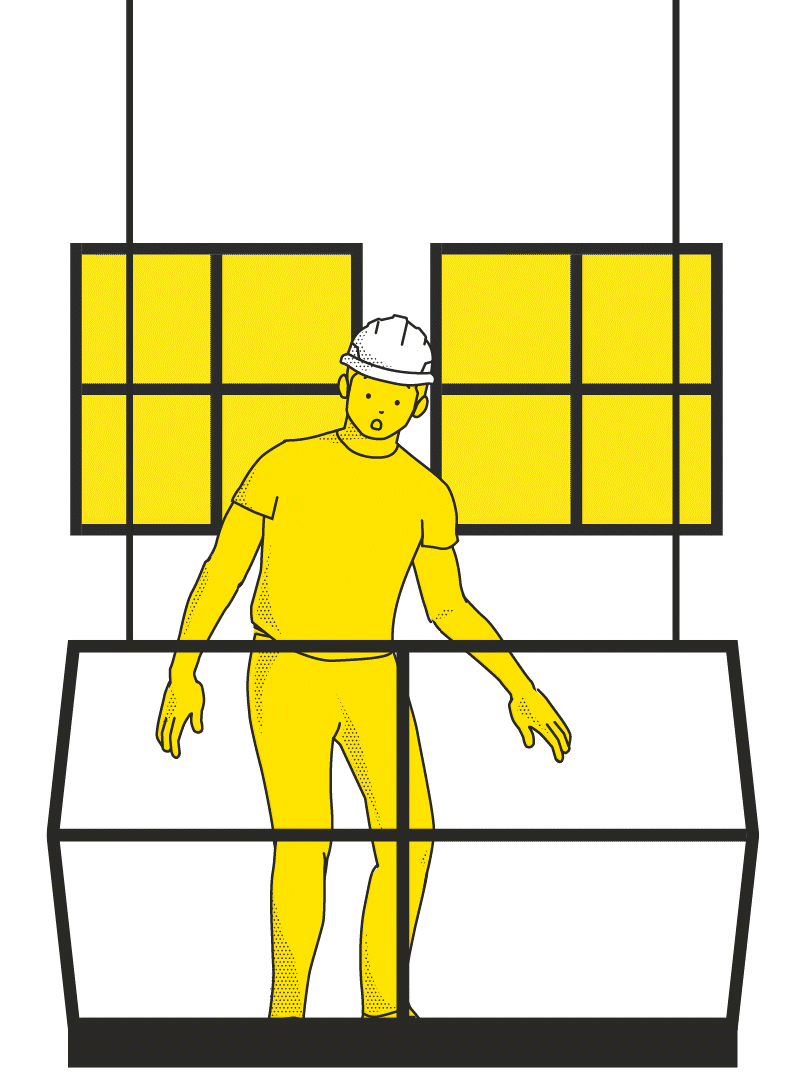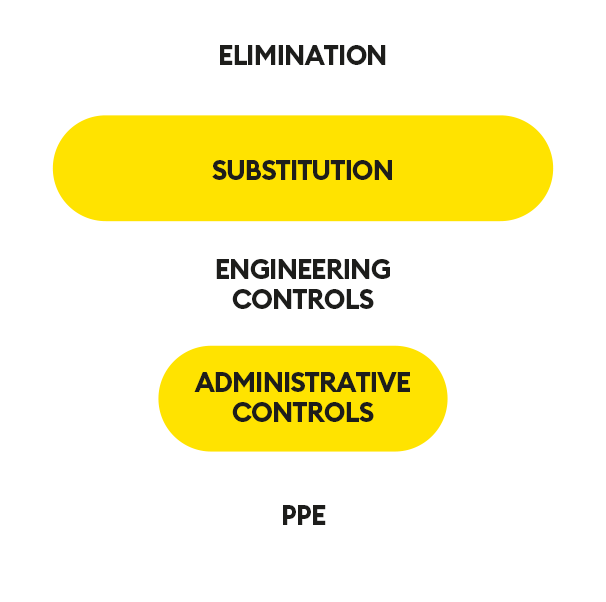many people immediately think of large incidents, usually occurring in manufacturing environments.
Well, the truth is that, on this topic, the concept of “big” and “small” needs to be reviewed. And that is a mission for all of us.

When we talk about work-related accidents,
many people immediately think of large incidents, usually occurring in manufacturing environments.
Well, the truth is that, on this topic, the concept of “big” and “small” needs to be reviewed. And that is a mission for all of us.
WHAT IS AN OCCUPATIONAL ACCIDENT?
In other words, many situations can be classified as occupational accidents. And it goes beyond what usually catches our attention.
TYPES OF OCCUPATIONAL ACCIDENTS
1 – Typical:
Injury in relation to a trauma, fall, cut, burn, etc., due to exposure in the work environment, whether being hazardous or not.
In other words, it ranges from a chemical accident in an industry or a slip in an apparently risk-free environment, such as an office.
This is usually where the well-known PPE (personal protective equipment) comes in.
They are indispensable in some professions, and even have the power to save lives. But, did you know that they should be the last alternative to mitigate a risk?

1 – Typical:
Injury in relation to a trauma, fall, cut, burn, etc., due to exposure in the work environment, whether being hazardous or not.
In other words, it ranges from a chemical accident in an industry or a slip in an apparently risk-free environment, such as an office.
This is usually where the well-known PPE (personal protective equipment) comes in.
They are indispensable in some professions, and even have the power to save lives. But, did you know that they should be the last alternative to mitigate a risk?



CHECK OUT THE INVERTED RISK MANAGEMENT PYRAMID:


In other words, although extremely important, ideally we don’t need to get to the PPE.
- When a risk is identified, the priority is to eliminate it. Let’s use the example of a loud noise.
- If it is not possible to eliminate it, we should try to replace it. Is it possible to replace the cause of the noise?
- If it is not possible to replace the cause, we must work with an engineering control. Enclosing the noise source, for example.
- The next alternative is to structure the mitigation process for this noise. For example, by limiting the time of exposure to it.
- Finally, we come to PPE, equipping the worker (even within administrative procedures) a good example is the use of an ear protector that isolates as much as possible the noises that might affect the worker’s hearing.
2 – Commuting accident:
Injury from a commute to work, back from work, or even a commute during work hours, such as an external meeting.
3 – Occupational illness:
When one acquires a physical or emotional illness due to professional activity, with or without identified risk.
This group of illnesses is often overlooked or little noticed. This is because it comprises injuries that, in practice, can be compared to work-related accidents, but do not receive the attention they deserve.
These are what we can call “invisible accidents”.
THE IMPROPER USE OF CELL PHONES
In the midst of 2023, it couldn’t be any different. The cell phone is the king of typical accidents. Just look up and notice that people use their cell phones walking, getting in and out of elevators, on stairs, and various other places, often putting themselves in hazardous conditions.
It may sound too simple to be true, but stopping to type, and even sitting down to talk on a cell phone, can prevent a large number of everyday work accidents.
CHECK OUT OTHER EXAMPLES:
Poorly adapted home office
Make sure that your workspace is free of obstacles, such as wires, and even that the lighting in the room is appropriate.
Working during lunch hours
Don’t skip breaks and lunch time. This way you avoid mental illness, such as anxiety or even burnout.
Lack of routine
A stressful routine, whether due to lack of personal organization or to excessive demands or requests outside of working hours, can also cause mental damage.
Improper posture
Always work with the correct posture, with your back, arms, and feet well supported. Also make sure that your wrists are comfortable, and never work lying on the couch or in bed.
Overweight and improvisation
Superheroes, only in fiction. Perform your day-to-day tasks while respecting your body’s limits. And without putting it at unnecessary risk by improvising objects for specific tasks or swapping a ladder for a stool or chair to reach an object at an elevated location, for example.
HAVE YOU IDENTIFIED ANY RISKY SITUATION IN YOUR WORK ENVIRONMENT?
Talk to your leadership! A slight slip up can become a big problem, but it doesn’t have to be.
DOWNLOADS
Technical Managers:
Dr. Sérgio Hércules – CRM (Regional Medical Council) 61.605
Dr. Welmer Carneiro – CRM 52-54973.0





